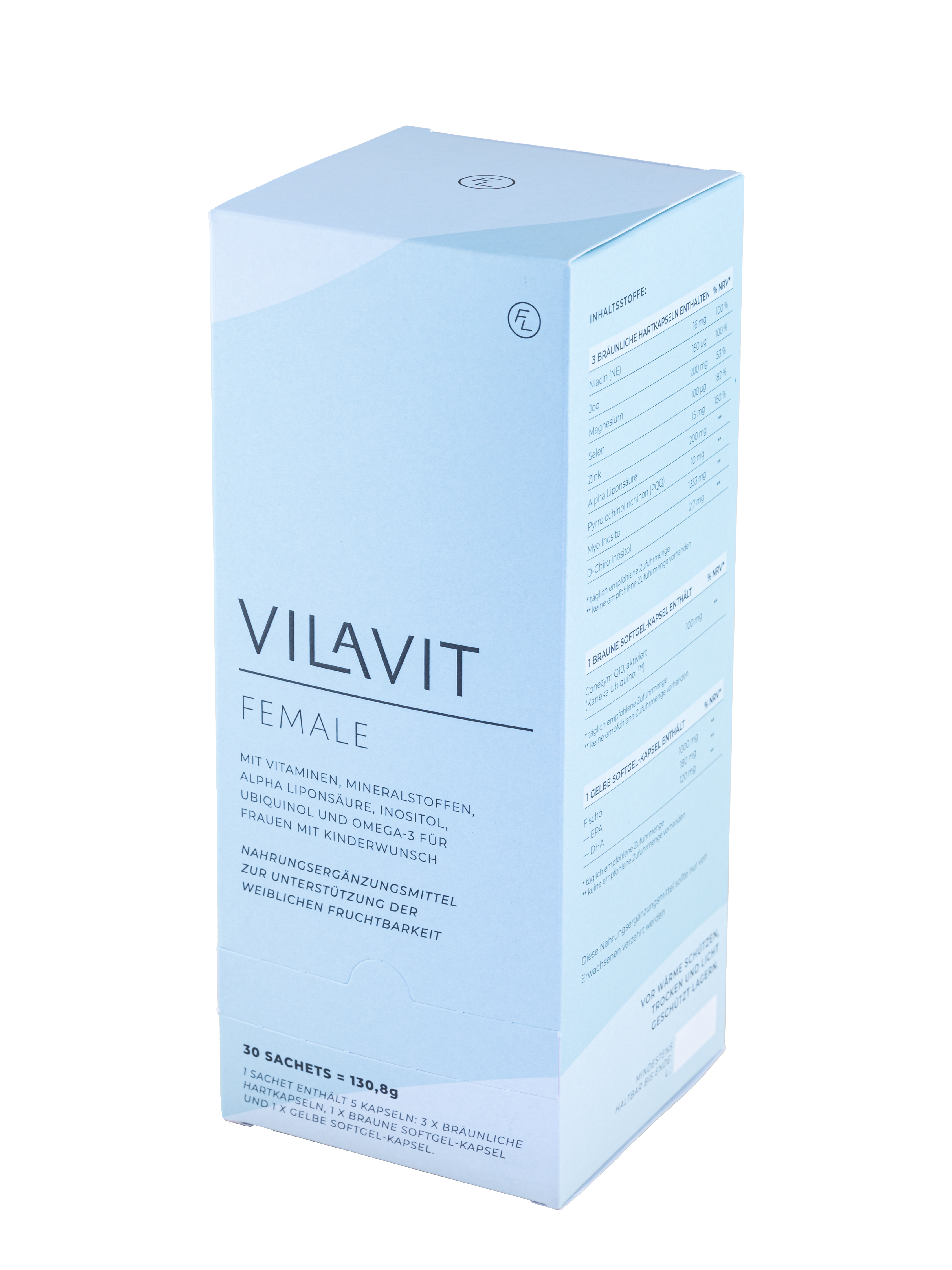An inconspicuous yet crucial factor for fertility is cervical mucus. Alongside ovulation tests, observing mucus patterns stands as one of the most common methods of family planning.
What is Cervical Mucus?
The term 'cervix' originates from Latin, meaning 'neck-like part of the organ,' referring to the cervix. Cervical mucus is part of vaginal discharge and is produced by the glands of the cervix. The secretion, composed of amino acids, enzymes, and biopolymers, serves to prevent diseases and seals the cervix against invading bacteria.
Due to hormonal changes, the consistency, color, and quantity of cervical mucus change throughout the menstrual cycle. Influenced by estrogen, the mucus becomes increasingly clearer, thinner, and more stretchable during the cycle.
What Does Cervical Mucus Indicate About Fertility?
The quality of cervical mucus can indicate the timing of ovulation. Just before ovulation, the mucus is clear, smooth, and akin to the consistency of egg whites. This type of mucus facilitates sperm movement through the cervix towards the egg, thereby increasing the chances of fertilization.
How Does Cervical Mucus Evolve During the Menstrual Cycle?
The cervical mucus undergoes various changes during the menstrual cycle.
- End of Menstruation: Dry vaginal entrance, no mucus present. Typically, the woman is not fertile at this stage.
- Post-Menstruation: Moist vaginal entrance, creamy or milky mucus. The likelihood of pregnancy is very low.
- Fertile Phase: The mucus becomes clear, watery, and elastic. It can be stretched between fingers. This is an indicator of ovulation, marking the most fertile phase of the cycle.
- Post-Ovulation: After ovulation, the mucus becomes stickier and less penetrable by sperm.
Significance for Family Planning
For couples trying to conceive, daily observation of cervical mucus can serve as a helpful indicator of fertile days. Timing intercourse during the fertile phase maximizes the chances of pregnancy."















